We’re shopping and worshipping in KL
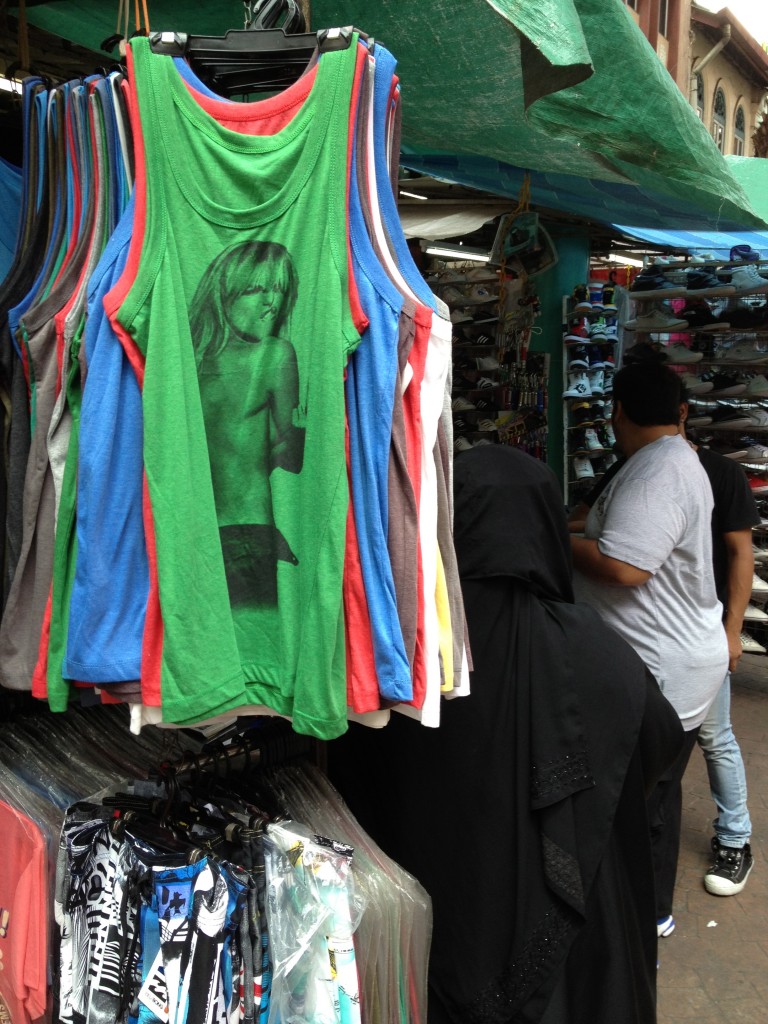
Kuala Lumpur was originally set up as a small tin mining settlement and given an accurate, but uninspiring, name which translates roughly as ‘muddy confluence of rivers’. As it turned from mining settlement to town its heart grew up around what is now Chinatown.
Today Chinatown reflects the modern KL in all its multifaceted glory. Bustling streets are home to a myriad of stalls selling countless cheap things that can be purchased for even less money after some street-theatre haggling. As we visited the markets I idly amused myself by contemplating the street Olympics where Chinese sellers from KL are pitted against Egyptian hawkers from the souks of Cairo, the winner being the person who can come away with the most stuff for the least price.
In amongst the stalls wander a cosmopolitan hodgepodge of locals and tourists. Women in full burqa and industrial amounts of eye-makeup rub shoulders with tourists in singlets, while long-trousered Malay men stroll beside Indian women in saris. It’s a riot of colours and looks. And the smells! There are smells on every damp breath of air. Not the sharp, spicy smells of the Middle East or the fishier smells of Chinese markets. These are heavier, tropical smells with an ever-present overlay of decay.
In the midst of all this there are also several temples. These represent a blessed relief from the riotous streets. Enter and suddenly there is calm and the only smell is from the quiet burning of joss-sticks planted in brass urns. We visited a couple of Chinese temples and a Hindu one. The Chinese ones were in constant use with prayers being written out and burned and people lighting joss-sticks of various sizes all over the place. The second one we visited even had a large oven-affair in the courtyard for the bringing of serious amounts of prayers in one go.
My favourite place, though, was the Hindu temple. The marble floors are cool on your bare feet and the multi-armed gods are exotic and somehow less threatening than their Chinese counterparts. The intricate carvings above the entranceway and the reliefs on the walls are beautiful even, or perhaps especially, if you have no idea of the detail of what they represent.
Kuala Lumpur has come a long way from its tin-town beginnings. But it retains a rambunctious, melting-pot edge. Like the muddy rivers that it is named after, it has successfully taken a range of cultures and put them all in one place. It may not be clean or neat, but it’s certainly interesting.
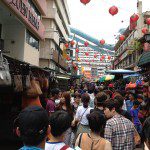
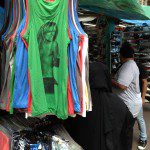
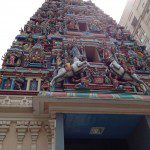
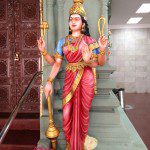
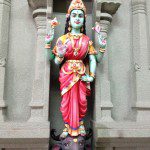
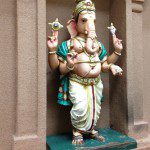
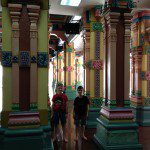
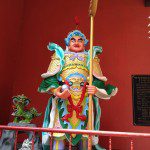
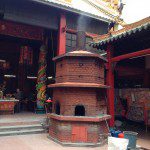
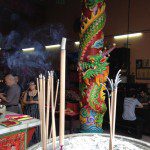
You know the burqa-clad women in Chinatown are tourists too? Northern summer is the middle East’s peak out-bound tourist season. A plane had just arrived from Qatar or somewhere as I was leaving KL 2 weeks ago. A very surreal experience as I swam through crowds of couples, each consisting of a burqa-clad woman and a shorts-and-t-shirt-clad man (a few had kids with them but most were couples alone – honeymoon plane perhaps?). Then I went into a bathroom and encountered half a dozen of the more brazen women stripping off their facial scarves to leave a more hijab-style outfit consistent with what the local Muslim women in Malaysia wear.
I love following along on these trips. You write so well, and being a traveling family is so inspiring.